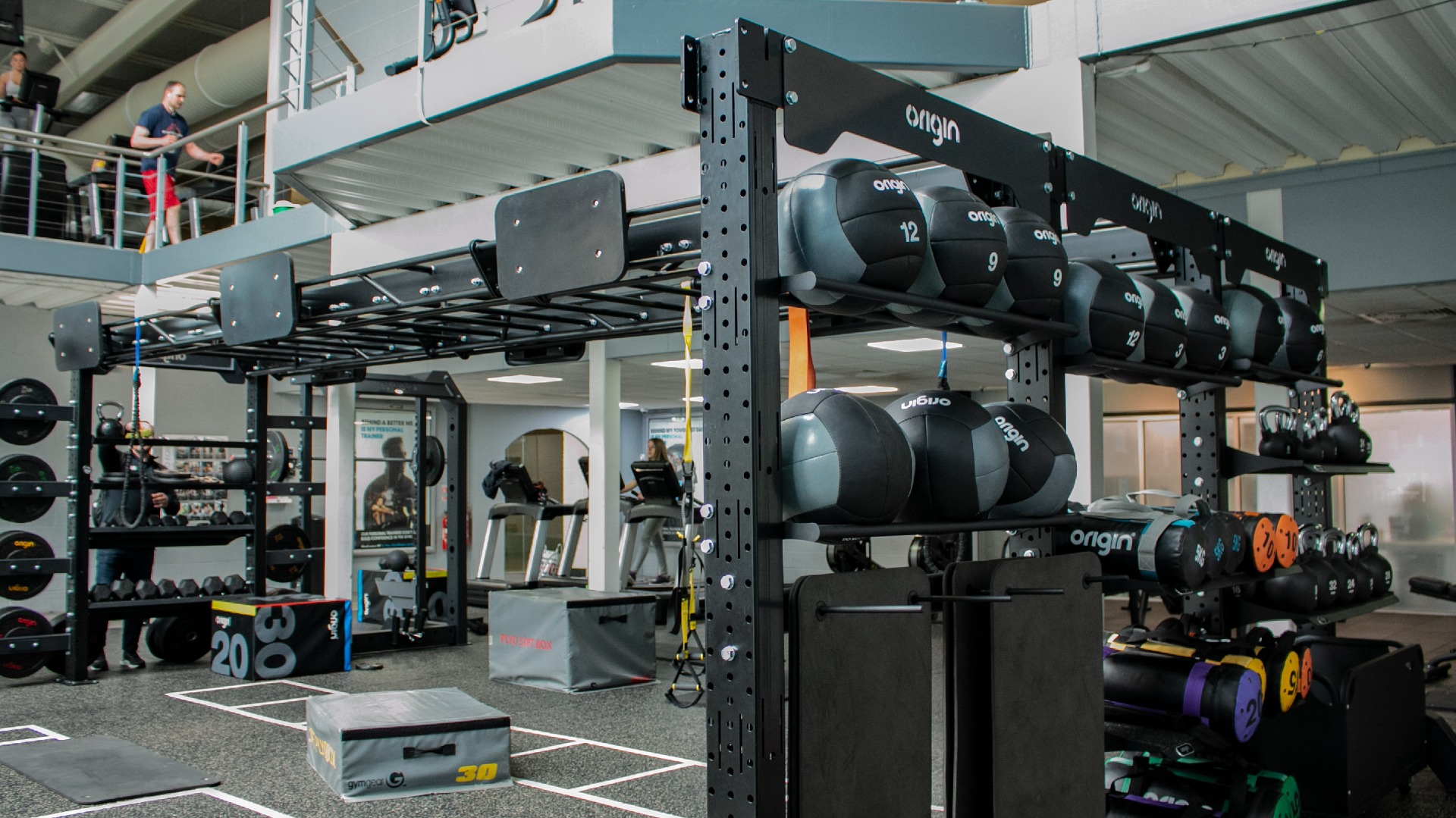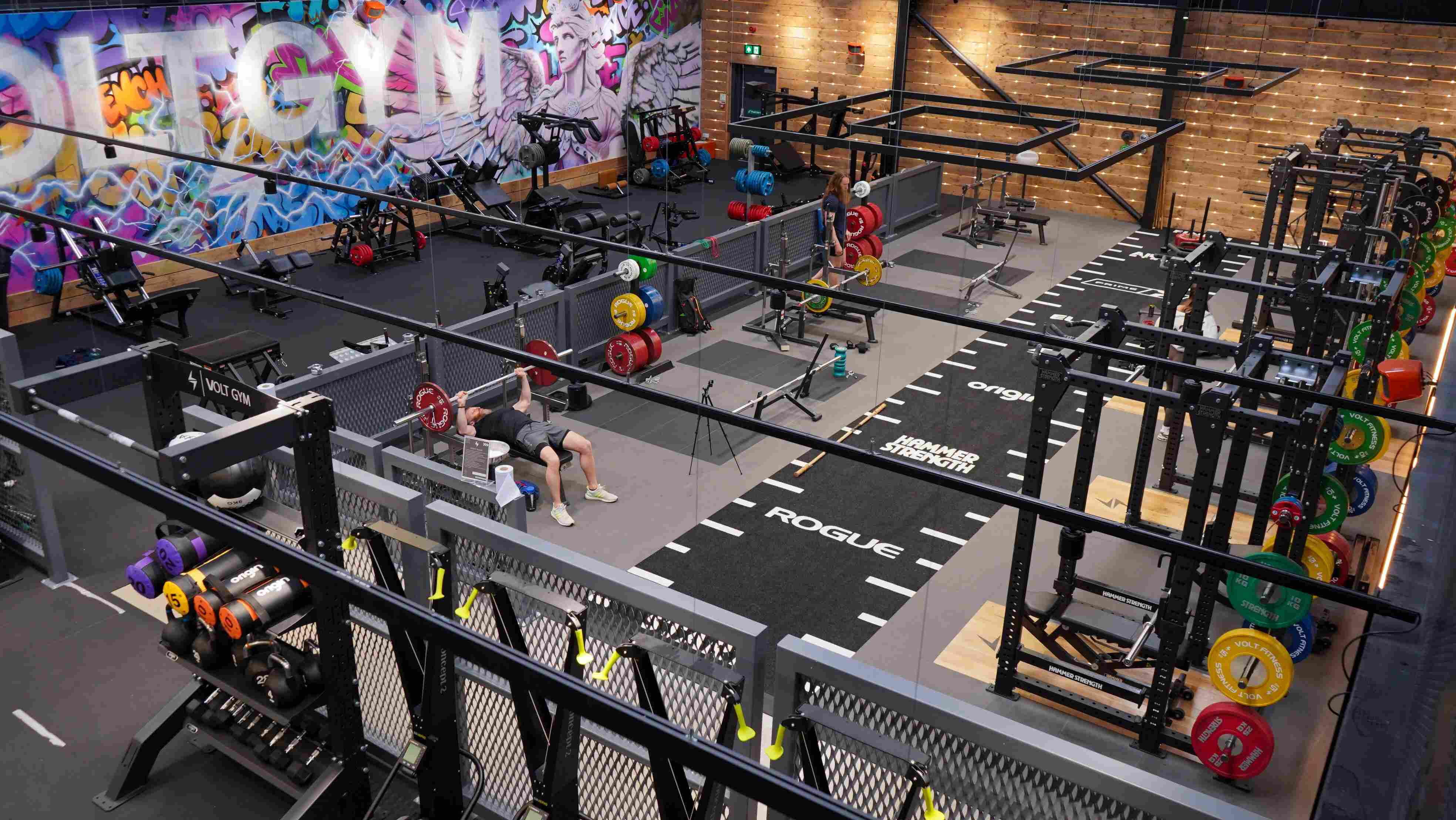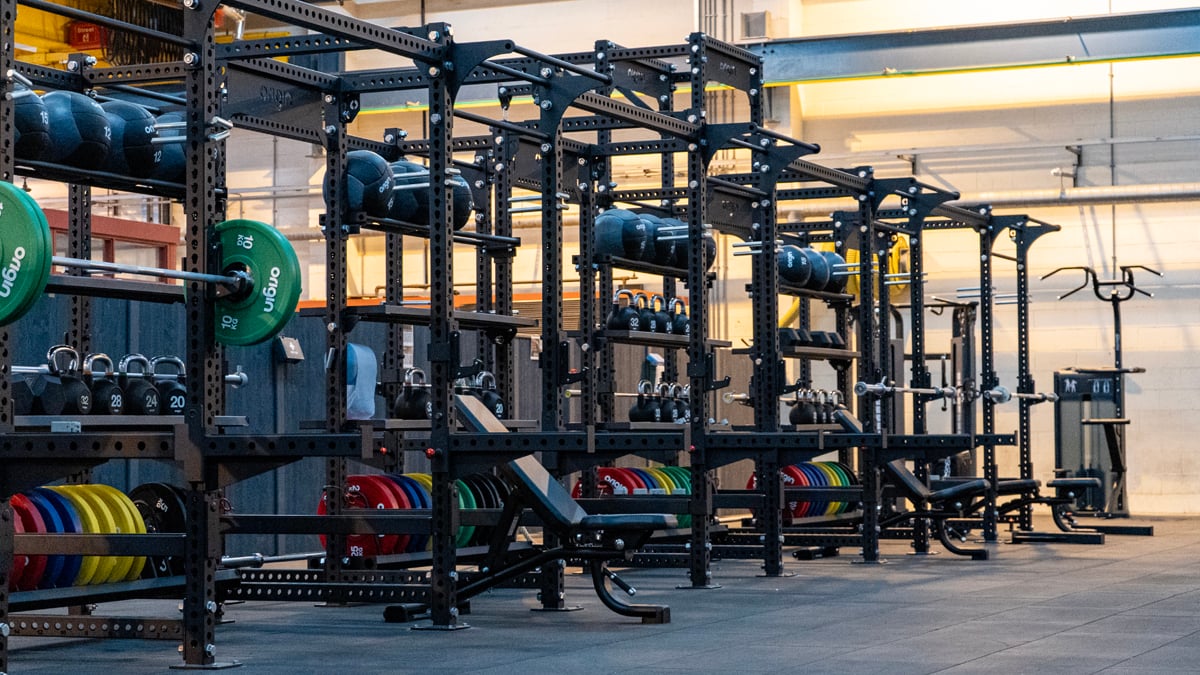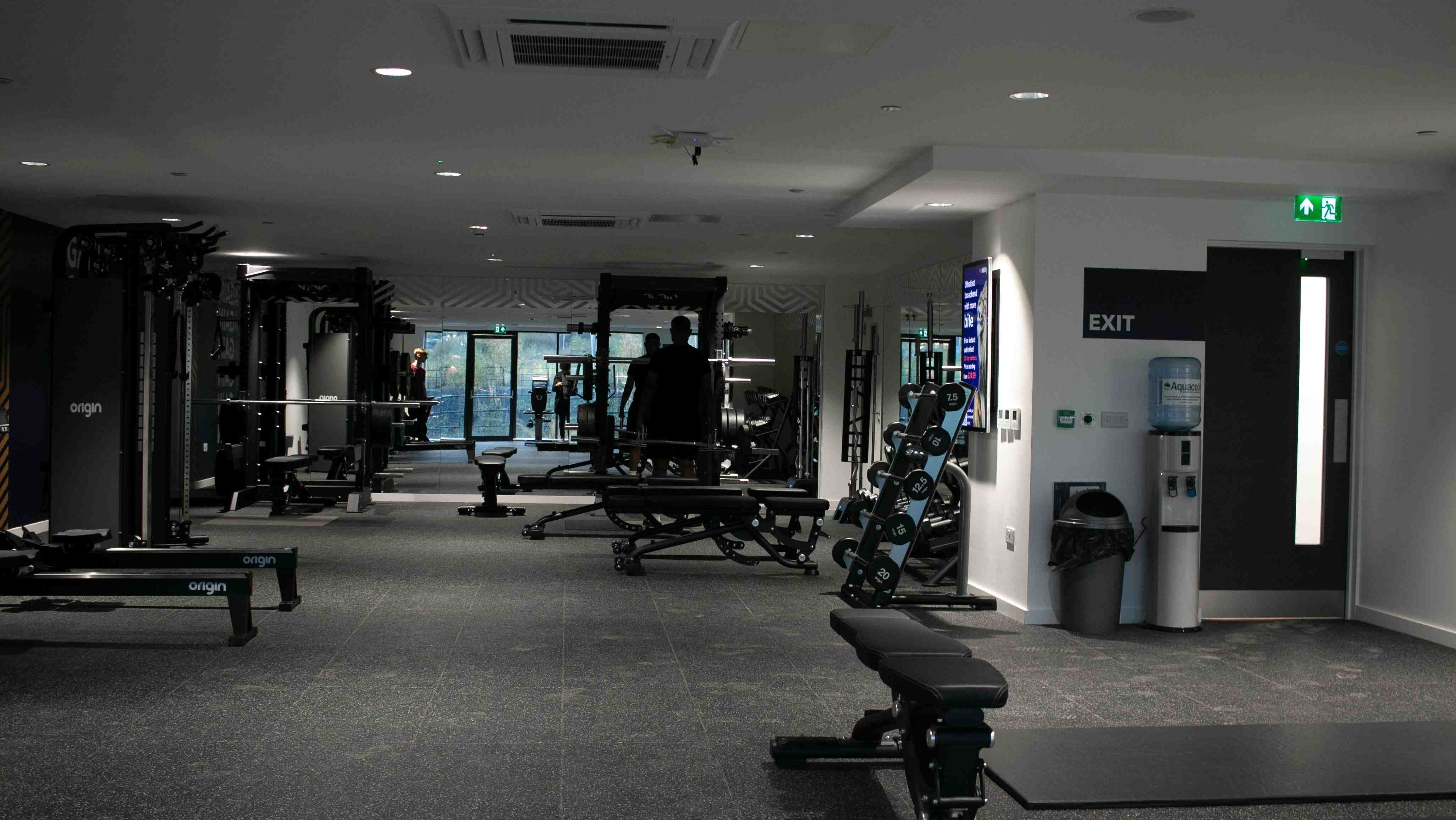0%
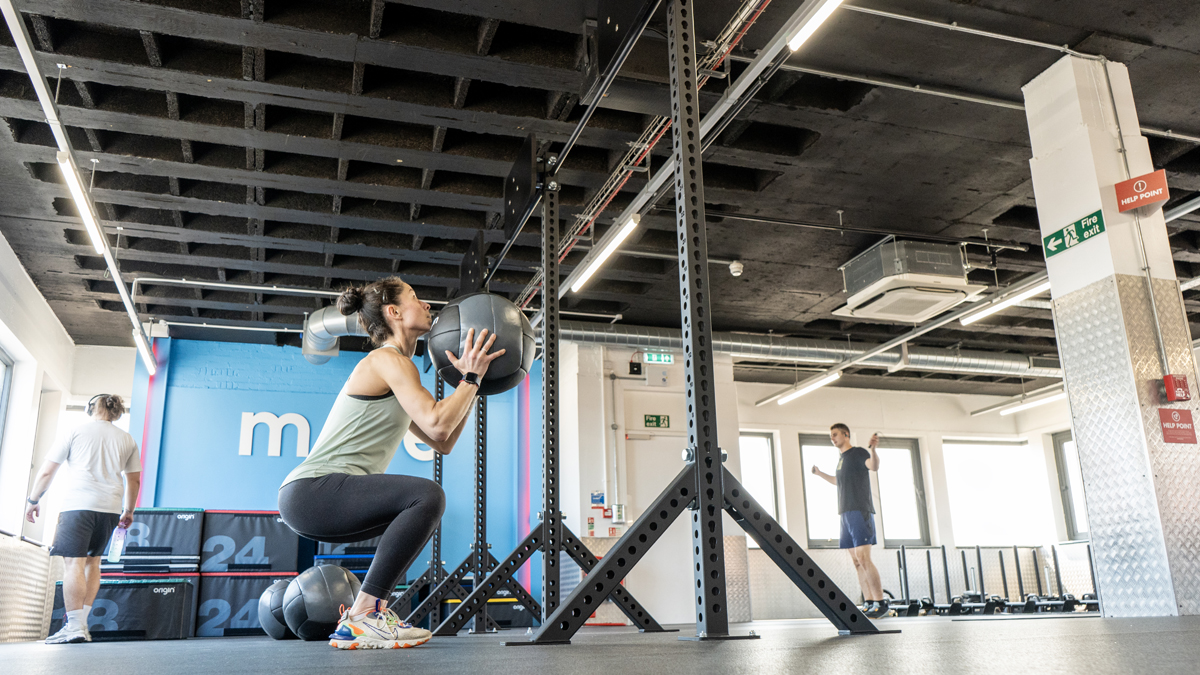
Love them or loathe them, wall balls have become a common sight in gyms across the country. They take centre stage at most functional fitness events and give even veteran Hyrox or CrossFit athletes nightmares. Wall ball popularity has risen in recent years as they can be used to work a range of muscle groups in the upper and lower body.
However, with this rise in popularity, we've noticed an increased use of our own wall balls for exercises that don't fit the bill. So, today, we wanted to dive deeper into what wall balls are, their uses and help everyone understand this staple functional fitness tool.
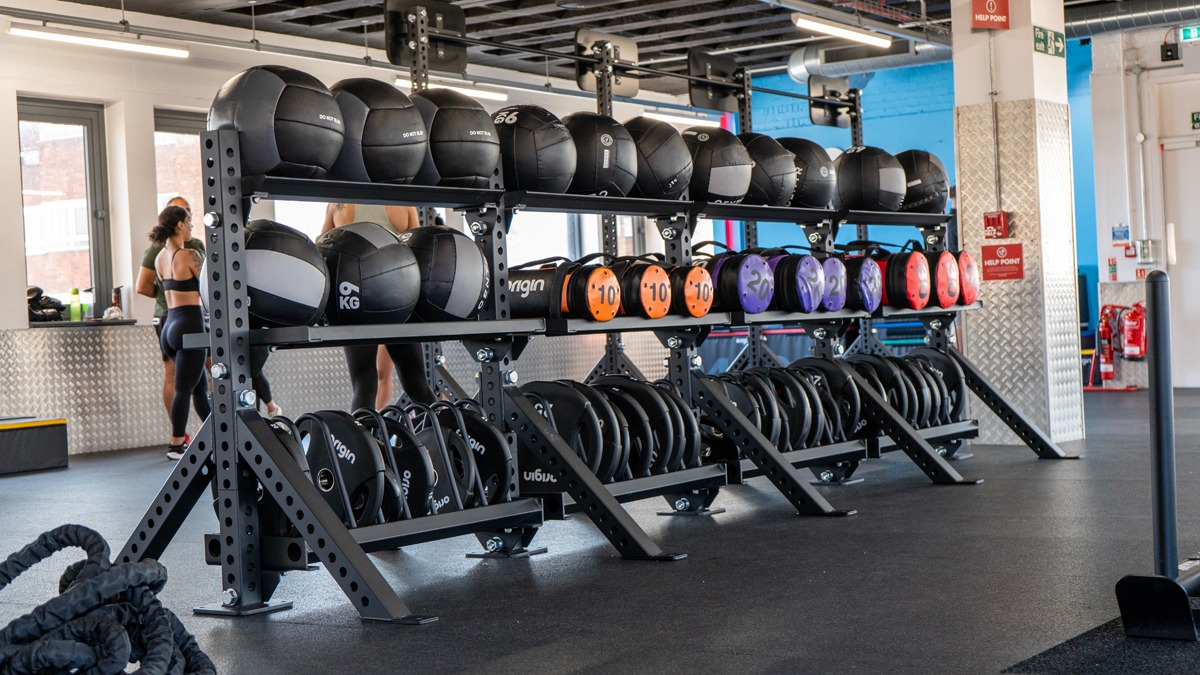
Wall Ball Overview
If you've passed the conditioning section of your gym lately, there are sure to be a few lying about. Most are constructed from a similar material and comprise numerous stitched layers. The inside is typically a mixture of rubber granules and polyester fibres, with some, like ours, including a second inner bag with rubber chips, which help give the wall balls good bounce, padding, and weight balance.
Unlike slam balls, which are designed with a tougher exterior to withstand constant slamming, the outer material of a wall ball is often a softer shell, durable enough to withstand light use but not to be thrown around a gym recklessly. Its design also allows it to better absorb impacts than medicine balls.
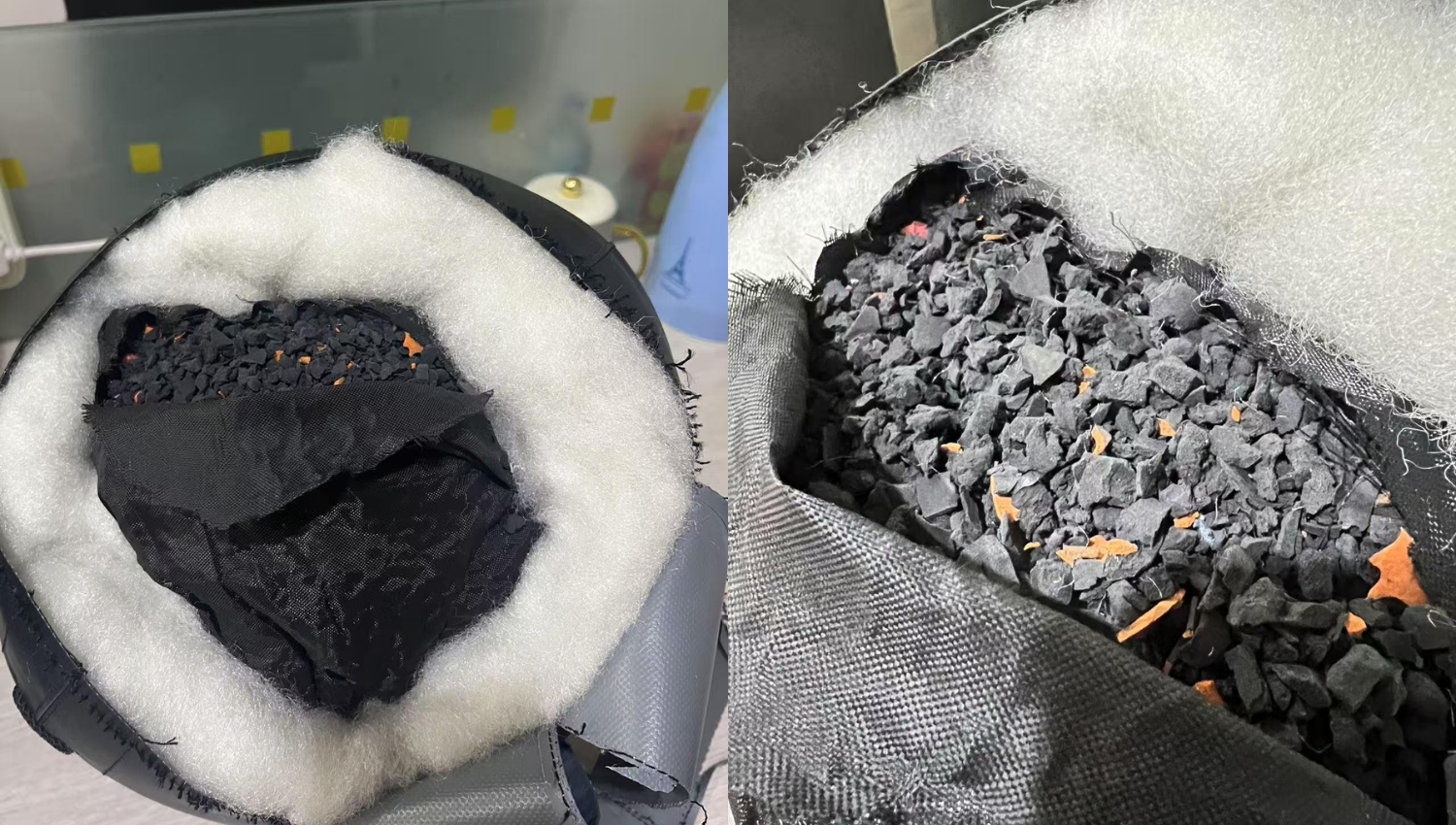
Wall Ball Benefits
There is a long list of benefits as to why wall balls should be part of a regular workout routine, especially for anyone looking at sport-specific training or wanting to improve their functional fitness:
- Targets a wide range of muscle groups
- Increases endurance across the entire body
- Speed, power, strength, and muscular endurance development
- Increased cardiovascular fitness
- Better hand-eye coordination
- Enahances functional movement
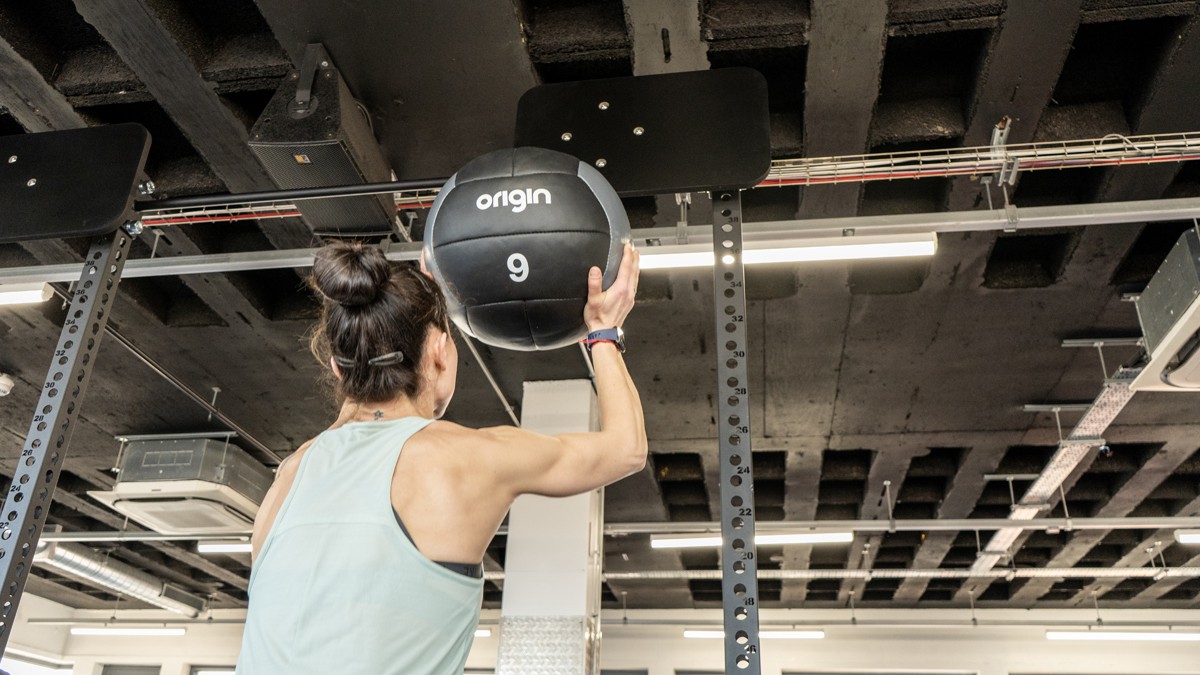
Wall Ball Uses
The wall ball can be used as a compound tool for many high-intensity movements, recruiting a wide range of muscle groups during each activity. While wall ball throws might be the first exercise that comes to mind, they're actually more versatile than this. They're useful for squats, side tosses, and even mobility work, such as the one shown below.
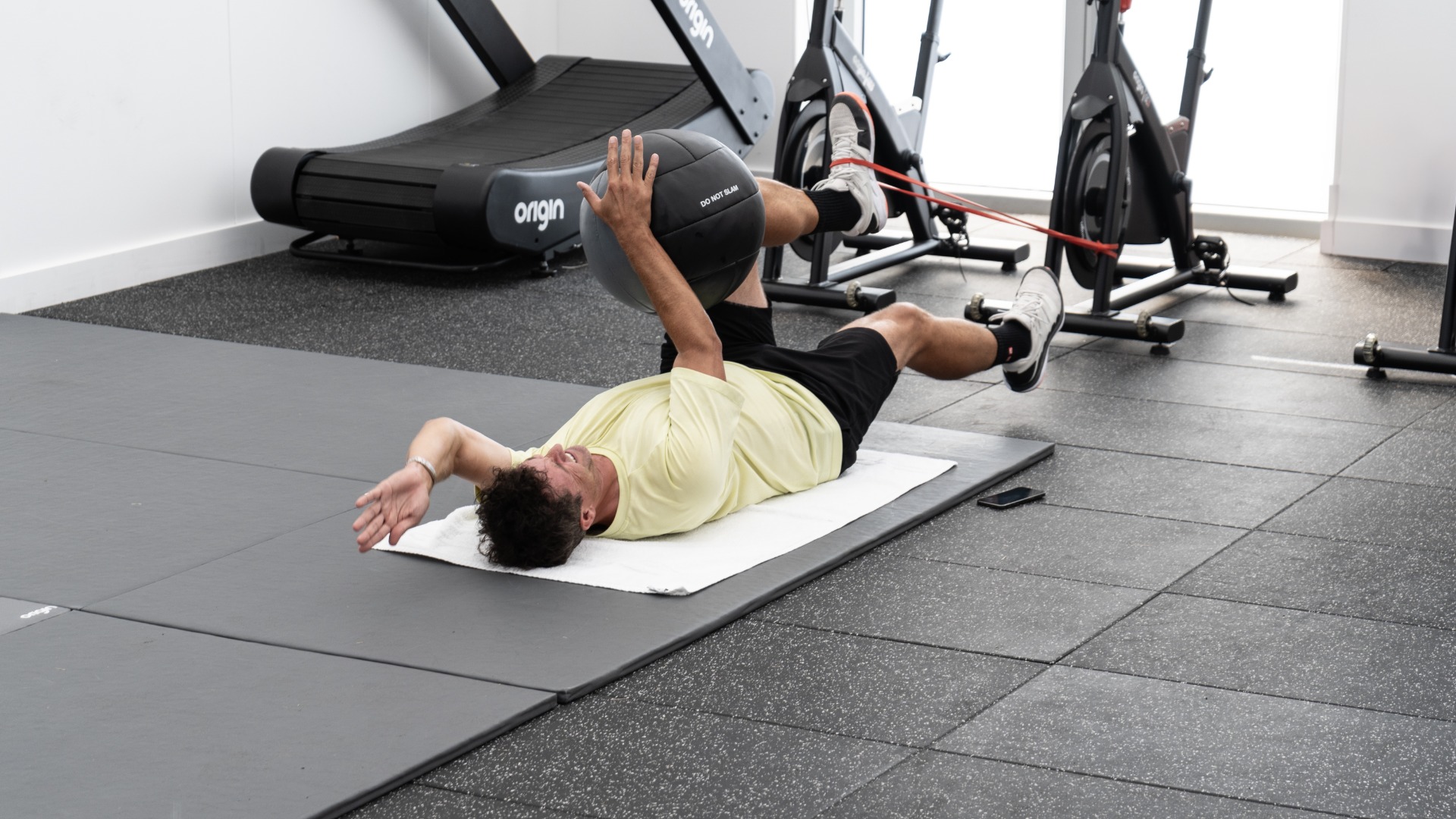
What Not To Do With a Wall Ball
While slamming a wall ball off the ground can be tempting, the design isn't built for this. Repeatedly slamming a wall ball will damage equipment, resulting in the ball popping open or ripping. While durable enough to withstand wall throws due to their impact absorption design, repeated slamming into solid ground will quickly damage a wall ball.
This also raises another key point, which involves the actual targets themselves. While these can be used for throwing the wall ball towards in a controlled manner, choosing to launch a wall ball full force will likely break the target and pop the ball. This movement is only advised when done against a solid wall.
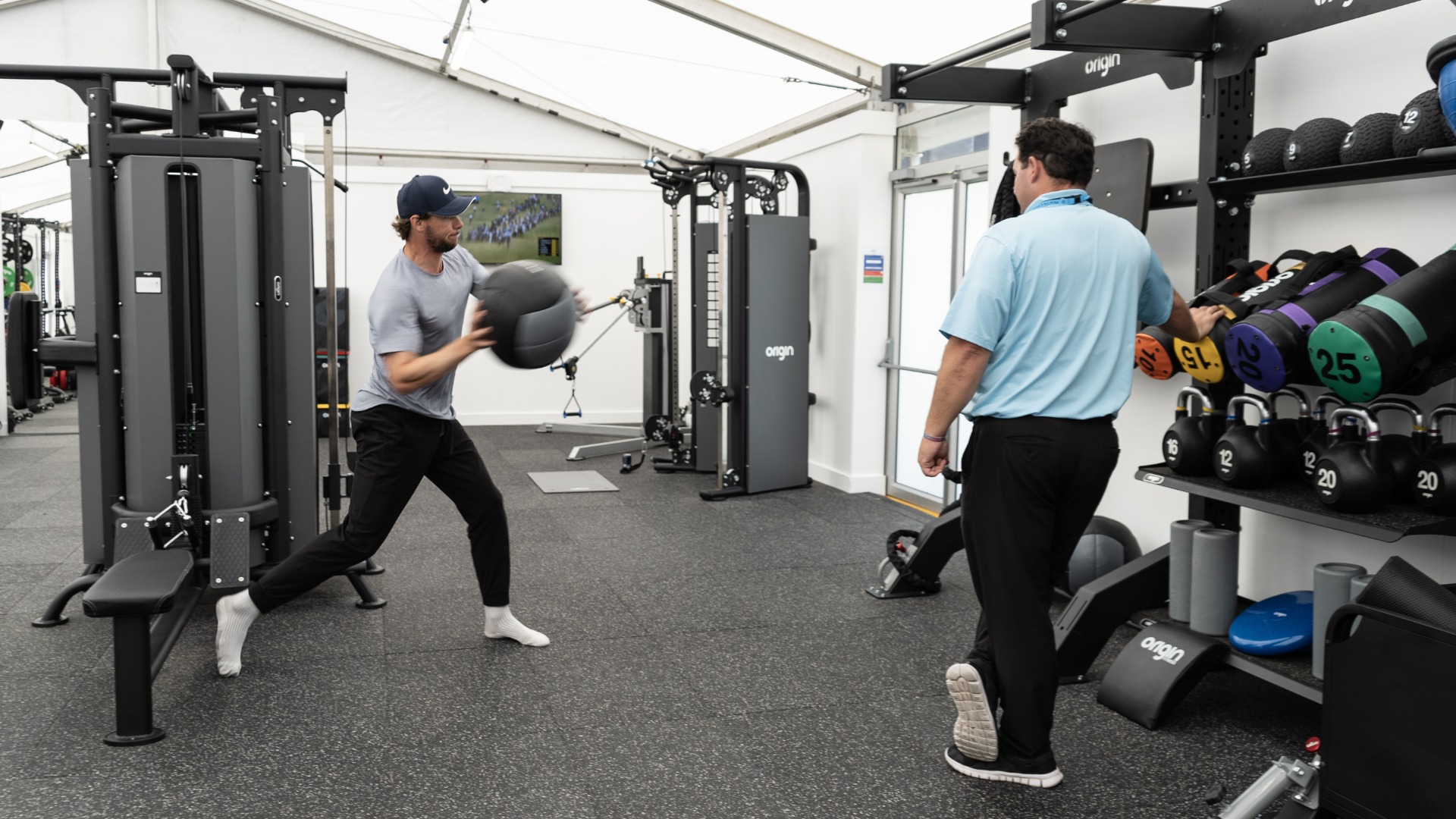
Common Misconceptions
We receive many questions about our wall balls, and we wanted to address some common misconceptions that we hear from our customers to help anyone with similar questions.
"My wall ball isn't round enough"
We often hear this query from customers, and we can sympathise with it. Conventional wisdom would suggest that wall balls should be circular and remain this way with use, but wall balls don't do this. The filling inside a wall ball is malleable, meaning the wall balls will change shape with use.
The shape is designed to be round enough, making it easy to catch, but with stitching and a design that allows the balls to morph with a bit of give. This means they won't burst like a football that's too full of air. With time and use, the ball will bed in, so this issue will disappear with repeated use of the equipment.
"My wall ball weight has settled"
This is another common issue, but it's normal. Over time, the filling inside of the wall ball will move to the bottom of the ball, making it feel slightly heavier at the bottom as it settles. Another reason this happens is that, with repeated use, people favour a certain way of throwing the ball, which, with gravity, will pull the filling down, causing it to "settle". As stated above, with time and use, the ball will bed in, so this issue will disappear with repeated use of the equipment.

What To Look For When Choosing a Wall Ball
Wall balls should be fit for purpose and provide the perfect middle ground between slam and medicine balls. If you're in the market for a new set of wall balls or looking to replace an old one, then there are a few key features to consider.
Look for wall balls with a standard size (360mm is the industry standard), especially if you are purchasing sets, as you want each to feel the same as you progress with the weight.
The surface material should feature high-grip PU material, as this provides a superior grip for catching or throwing without the fear of the balls slipping out of the hands during intense workouts.
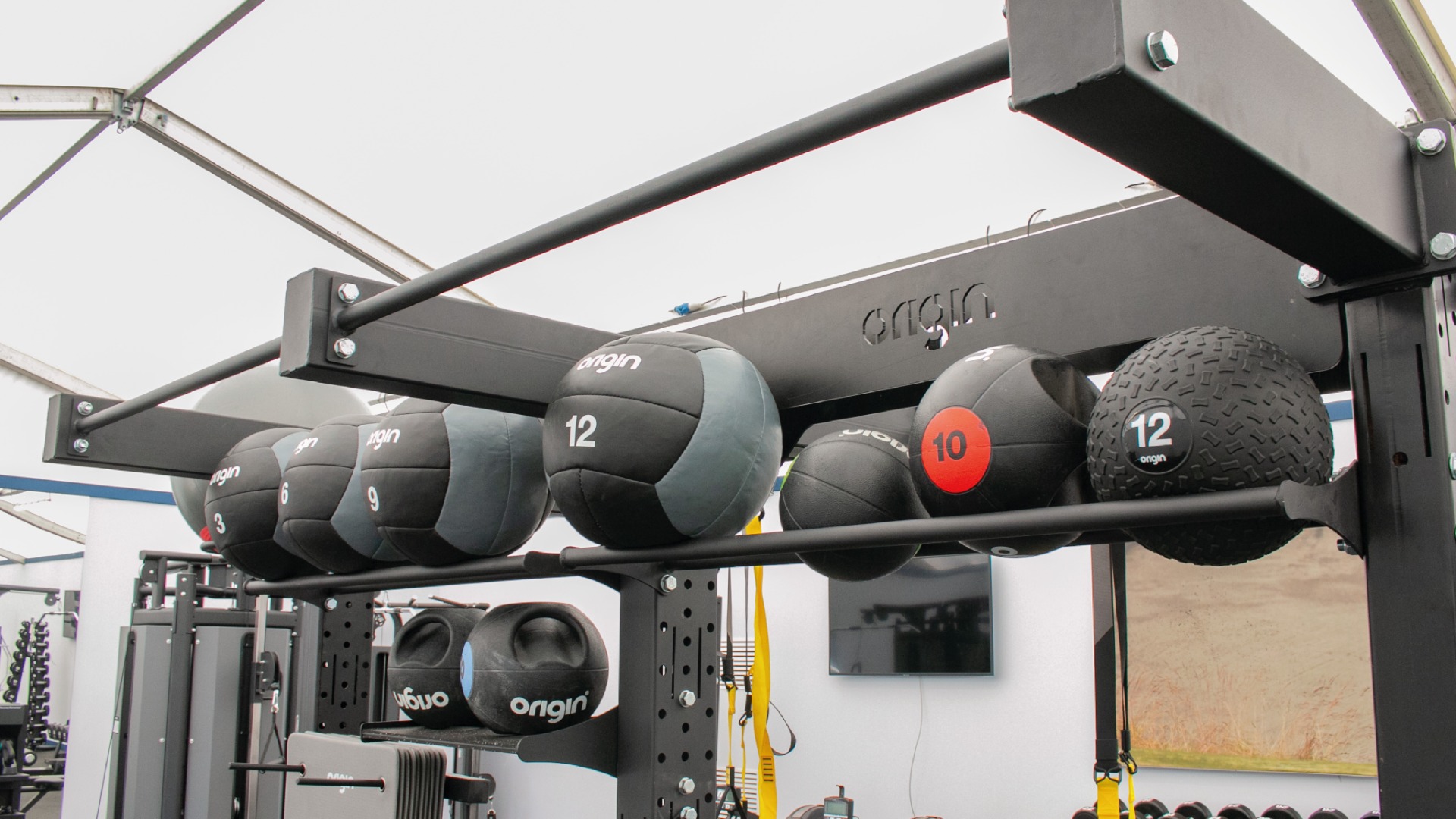
Support
Bringing things to a close, we hope this answers any queries you might have about wall balls. If you're still left with lingering questions then our sales team would be happy to help if you have any questions. Contact them via email on [email protected] or call us on 0333 2000 750.
